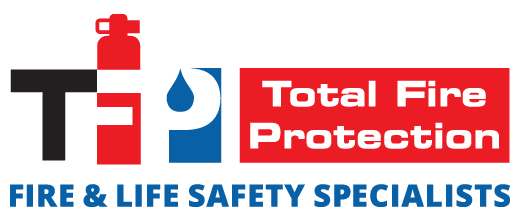 Given the unprecedented spread and impact of the novel coronavirus (COVID-19) during the winter and spring of this year, many businesses and property owners are rightfully taking precautions to keep their premises safe. A key tactic in these initiatives is social distancing – limiting the spread of the virus by ensuring that people who might be potentially infected are kept away from other people. For building owners, there are a few different options for enacting this. A common tactic, though, is elevated body temperature screening of all entrants to a property.
Given the unprecedented spread and impact of the novel coronavirus (COVID-19) during the winter and spring of this year, many businesses and property owners are rightfully taking precautions to keep their premises safe. A key tactic in these initiatives is social distancing – limiting the spread of the virus by ensuring that people who might be potentially infected are kept away from other people. For building owners, there are a few different options for enacting this. A common tactic, though, is elevated body temperature screening of all entrants to a property.
What Is Elevated Body Temperature Screening?
One of the most common symptoms of a person infected with COVID-19 is a fever, classified as a temperature of over 99.5 degrees in adults. Many building owners and businesses are utilizing temp-screening checkpoints at entrances to properties, where visitors must have their foreheads scanned with a handheld infrared thermometer. If the visitor doesn’t have an elevated temperature, they are allowed to enter the building. While this method is effective for smaller groups of people, it is very sequential and reliant on visitors queuing up to have their temperatures checked. It is also dependent on having sufficient staff on hand to actually administer the screenings.
How Can Thermal Imaging Help?
Elevated Body Temperature scanning using thermal imaging cameras is a worthwhile option to consider for those who seek to efficiently screen larger groups of visitors or who don’t have the resources to fully staff numerous temp-check stations. An Intelligent Thermographic Monitoring System, consisting of an infrared camera and artificial-intelligence enabled supporting software, can be a very valuable component of a screening operation. With this type of system, the camera continually scans the temperatures of every visitor who walks by it. In the event that a visitor has an elevated temperature, the system can flag them for further testing. Benefits of thermal imaging vs. manual temp-check stations:
- Increased Throughput: Thermal imaging systems can scan numerous visitors at a time as they pass through a checkpoint. This eliminates the bottleneck of having a human screener scan one person at a time.
- Highly Accurate: The technology in thermal imaging cameras has improved significantly in the past few years, to the point where margin-of-error is essentially zero.
- Real-Time Results: There is no lag in a thermal imaging system, and temperatures are scanned continuously.
- Privacy: The temperature scanning is done in real-time and no data is stored.
- Non-Contact System: There is no physical contact between check-point staff and the visitors being scanned.




